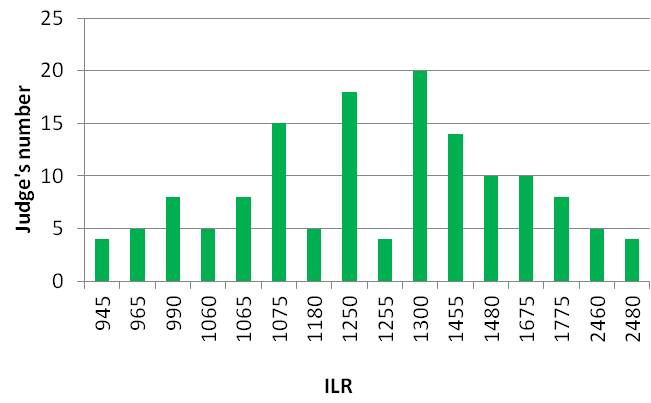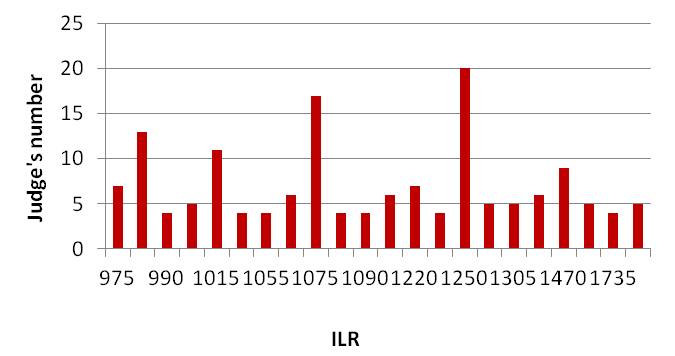|
Introduction
Wine is produced all around the world. It plays an important part in France, French culture and French gastronomy. In France, different types of wine exist, according to where the grapes grow, the type of grape, how it is cultivated, when it is harvested, etc.
In a bottle of wine, there are two different fluids. The first one is liquid: wine and the second one is gaseous: headspace. All experiences are going to be carried out with the headspace. There are many compounds, and some of them are odorous molecules.
One of the goals of the project is to identify which molecules are present in the headspace of a sample of wine; and to assign them an odor. This is possible thanks to an olfactometer coupled with a GC-FID.
Nine wines are used. Four are considered as "good examples" of Pinot Noir, four are considered as "poor examples", and one is considered as "neutral Pinot Noir". All those wines have been chosen and marked by wine professionals.
Experimental conditions
A chromatogram derived from a GC-FID is recorded. Every time a judge presses on the buzzer, he has to tell what he smells. Then, this time is converted into ILR (Index Linear Retention).
All the peaks of the chromatogram are integrated with their own ILR. At the end, it is possible to compare ILR given by judges and ILR given by the chromatogram.">First, wine is poured in a Vinturi. Thanks to two little holes, the wine is quickly aerated, and also oxidized with the oxygen in the air.
For one analysis, 7 mL of oxidized wine are put in a water-bath for 60 minutes. Then, a SPME fiber (Solid Phase MicroExtraction: a kind of extraction which allows not to use any solvent, by traping organic molecules on a polymer) is put in the headspace for 10 minutes.
Then, the fiber is injected in a GC-FID coupled to an olfactometer. It is a sensory analysis instrument. Nitrogen is injected in wine to carry the odor of wine to "the nose of the judge". In addition to this odor, also called background odor, the SPME fiber is injected in GC-FID. Thus, the judge is going to smell a background odor and some different odors coming from the volatile molecules located in the headspace.
A chromatogram derived from a GC-FID is recorded. Every time a judge presses on the buzzer, he has to tell what he smells. Then, this time is converted into ILR (Index Linear Retention).
All the peaks of the chromatogram are integrated with their own ILR. At the end, it is possible to compare ILR given by judges and ILR given by the chromatogram.
Results
About "poor examples", the most present ILR are: 996, 1017, 1076, 1246 and 1735 (Fig.2). As for "good examples", those ILR could be involved in the low exemplarity of Pinot Noir. ">Once all the results are pooled, there are some ILR which are recurring.
For "good example" wines, the ILR are 988, 1059, 1073, 1246, 1254 and 1299. Those ILR could represent the existence of odorous molecules involved in the exemplarity of those wines.
About "poor examples", the most present ILR are: 996, 1017, 1076, 1246 and 1735 (Fig.2). As for "good examples", those ILR could be involved in the low exemplarity of Pinot Noir.
Conclusion
The final goal is to "create" a good example of Pinot Noir with a neutral Pinot Noir and molecules which have been highlighted.
">Every IRL corresponds to a chemical molecule. All molecules which are present in "good" and "poor" examples of Pinot Noir have to be chemically identified.
The final goal is to "create" a good example of Pinot Noir with a neutral Pinot Noir and molecules which have been highlighted.
|
|

Detection frequencies of odorous ILR regrouping all "good examples"

Detection frequencies of odorous ILR regrouping all "poor examples"
|




